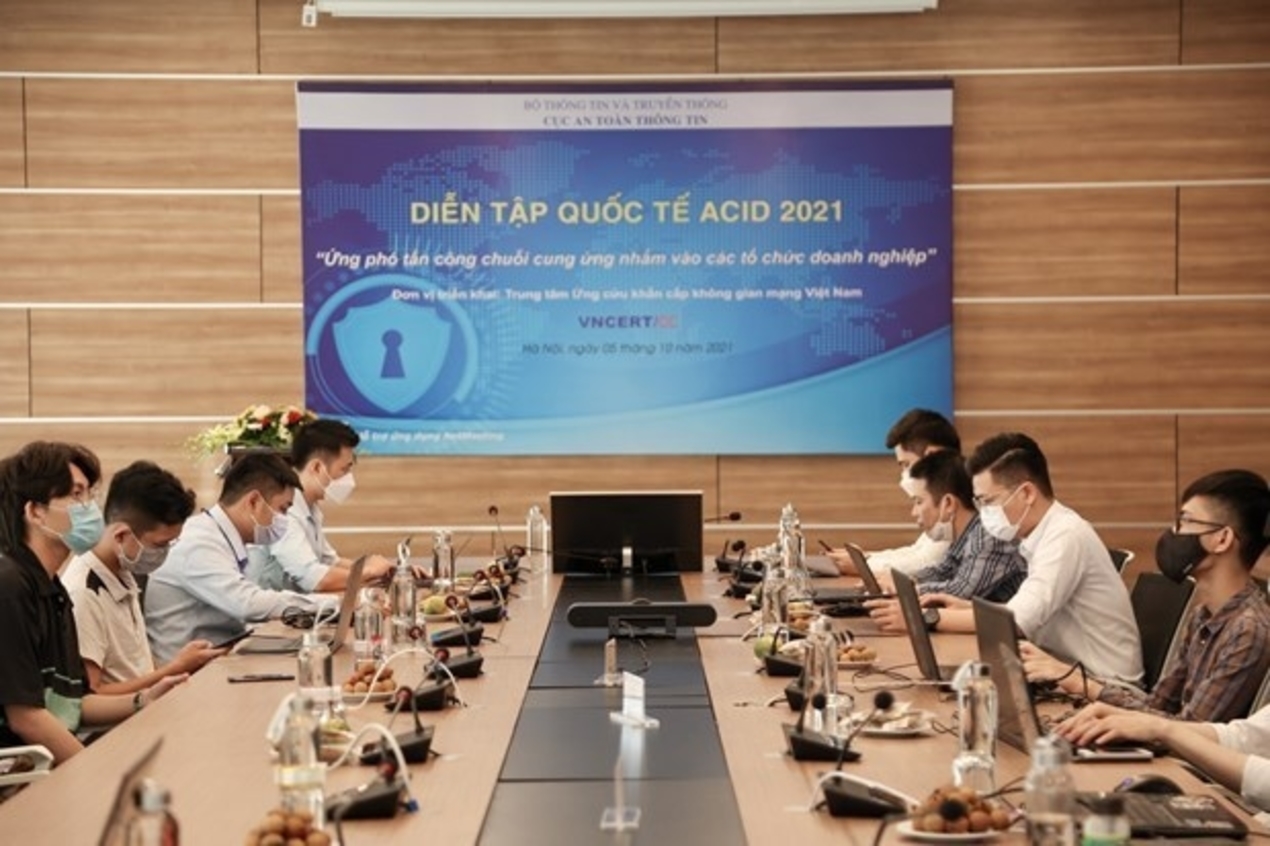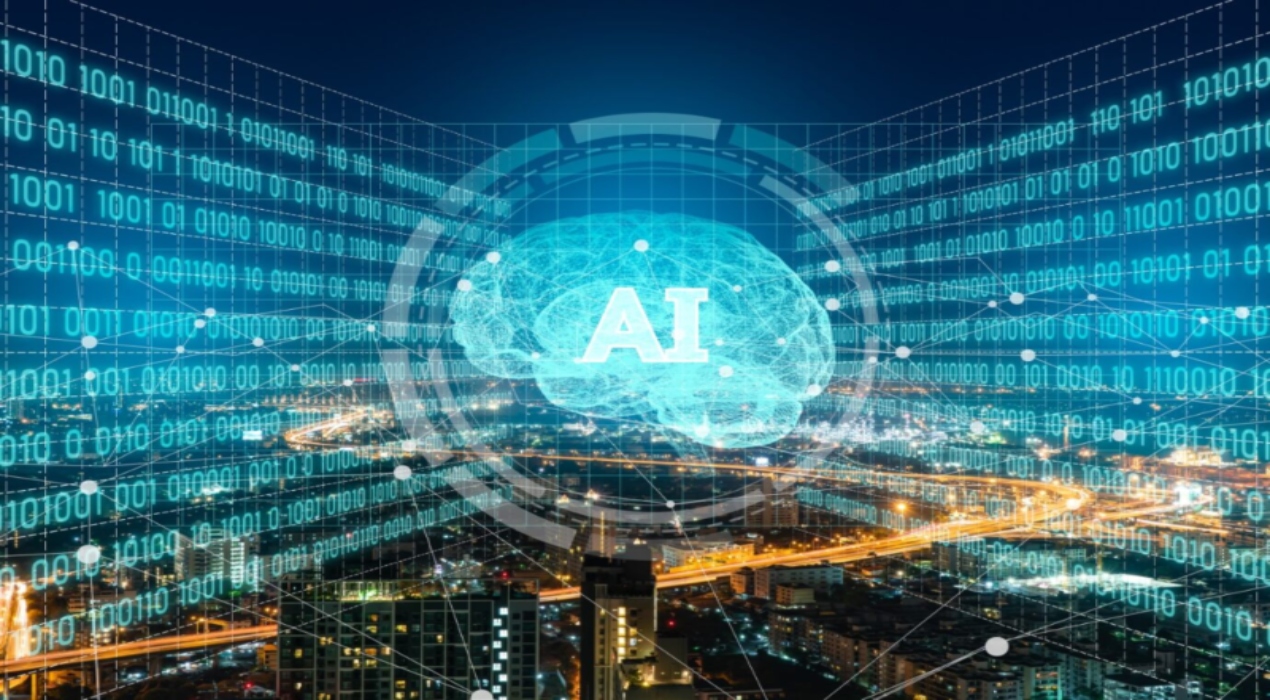
The Vietnam Computer Emergency Response Team (VNCERT) and the Authority of Information Security, under the Ministry of Information and Communications (MIC), recently presided over the deployment of the 2021 ASEAN Computer Emergency Response Team Drill (ACID 2021) for members of the emergency response network and IT units of ministries and agencies nationwide.
Attending the ACID 2021 were teams representing ASEAN member nations and five dialogue countries, namely Australia, China, India, Japan, and the Republic of Korea. According to a press release by MIC, the drill, entitled “Responding to attacks on supply chain targeting at corporations and organisations,” was hosted by Singapore. Participants in the exercise included key technical staff, who take part in international and domestic deployments from the Authority of Information Security, state-run group Viettel, VNPT, BKAV, Sacombank, support staff groups (technicians of VNCERT), and members of the national network information security incident response network.
This was an opportunity for technicians of Vietnamese agencies, organisations, and enterprises to practice their skills in dealing with, investigating, analysing, minimising damage, and reporting emergencies. It aimed to help them gain knowledge and experience in responding to cyber security incidents. The ACID 2021 drill used the latest cybersecurity trends as scenarios for teams to strengthen their preparedness in solving cybersecurity issues. After the drill, experts and domestic team members spent time exchanging and sharing situations and solutions to help participants have a better understanding of how to handle the incidents in a specific case.
As per data from the first six months of this year, cyberattacks in Vietnam decreased but the level of sophistication and damage was much greater. Vietnam recorded 2,915 cyber-attacks in the first six months of 2021, an increase of 898 compared with the same period last year. Earlier in May, the MIC Minister issued a directive on strengthening the prevention and combat of violations and crimes on the Internet. The Minister also requested the sector to continue to effectively implement the Prime Minister’s directive on enhancing safety measures on cybersecurity which aims to improve Vietnam’s rankings.
Vietnam jumped 25 places in two years to rank 25th out of 194 countries and territories worldwide in the Global Cybersecurity Index (GCI) in 2020, according to a report released recently by the International Telecommunications Union (ITU). Vietnam ranked seventh in the Asia-Pacific region and fourth among ASEAN countries. The country posted a score of 94.59 with improved scores in all five reviewed pillars. The country’s efforts to build long-term development projects in personnel for cybersecurity were recognised, along with achievements in the creating of an ecosystem for safe ‘Made in Vietnam’ products and cybersecurity. Vietnam surpassed Thailand to clinch the fourth spot in ASEAN after Singapore, Malaysia, and Indonesia. The leading countries in the Asia-Pacific region are the Republic of Korea and Japan both with 98.52 points.
Further, Vietnam’s e-security index improved by 54% since last year, according to the 2021 Digital Quality of Life Index (DQL) conducted by a cybersecurity company. The report has placed Vietnam 73rd among 110 countries. Covering 90% of the global population, the study evaluates countries based on five fundamental digital wellbeing pillars. Vietnam ranked 51st for Internet affordability, 86th for Internet quality, 75th for e-government, 71st for e-security, and 67th for e-infrastructure.
















